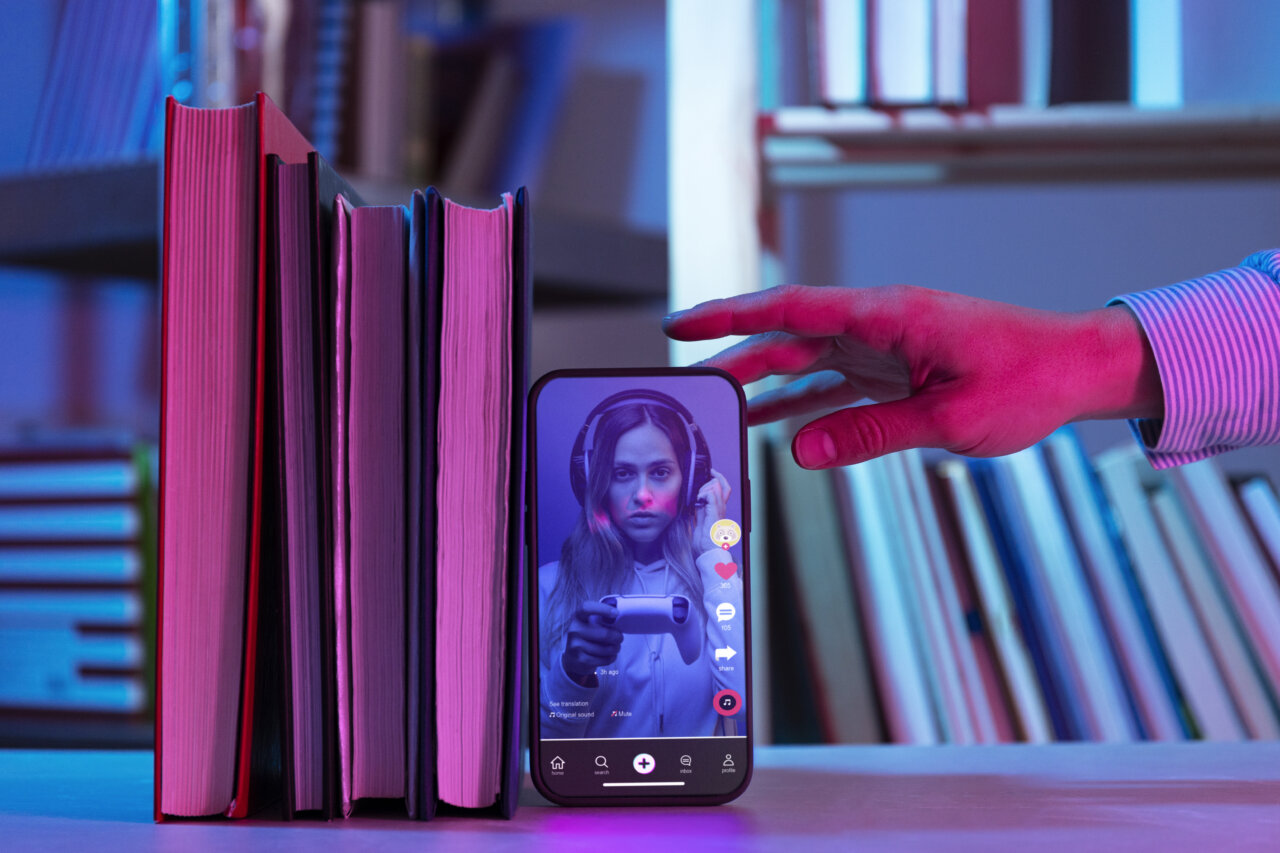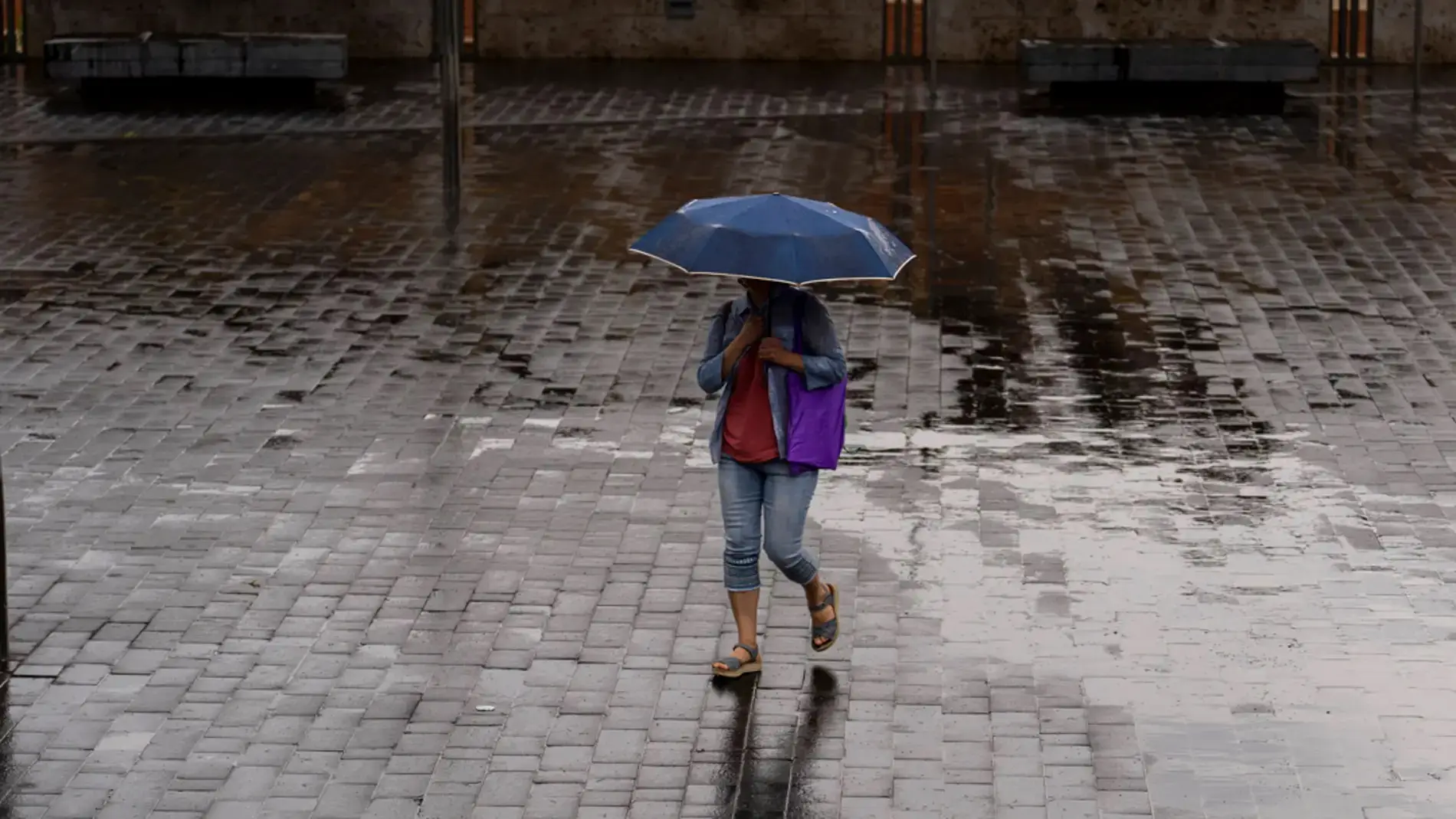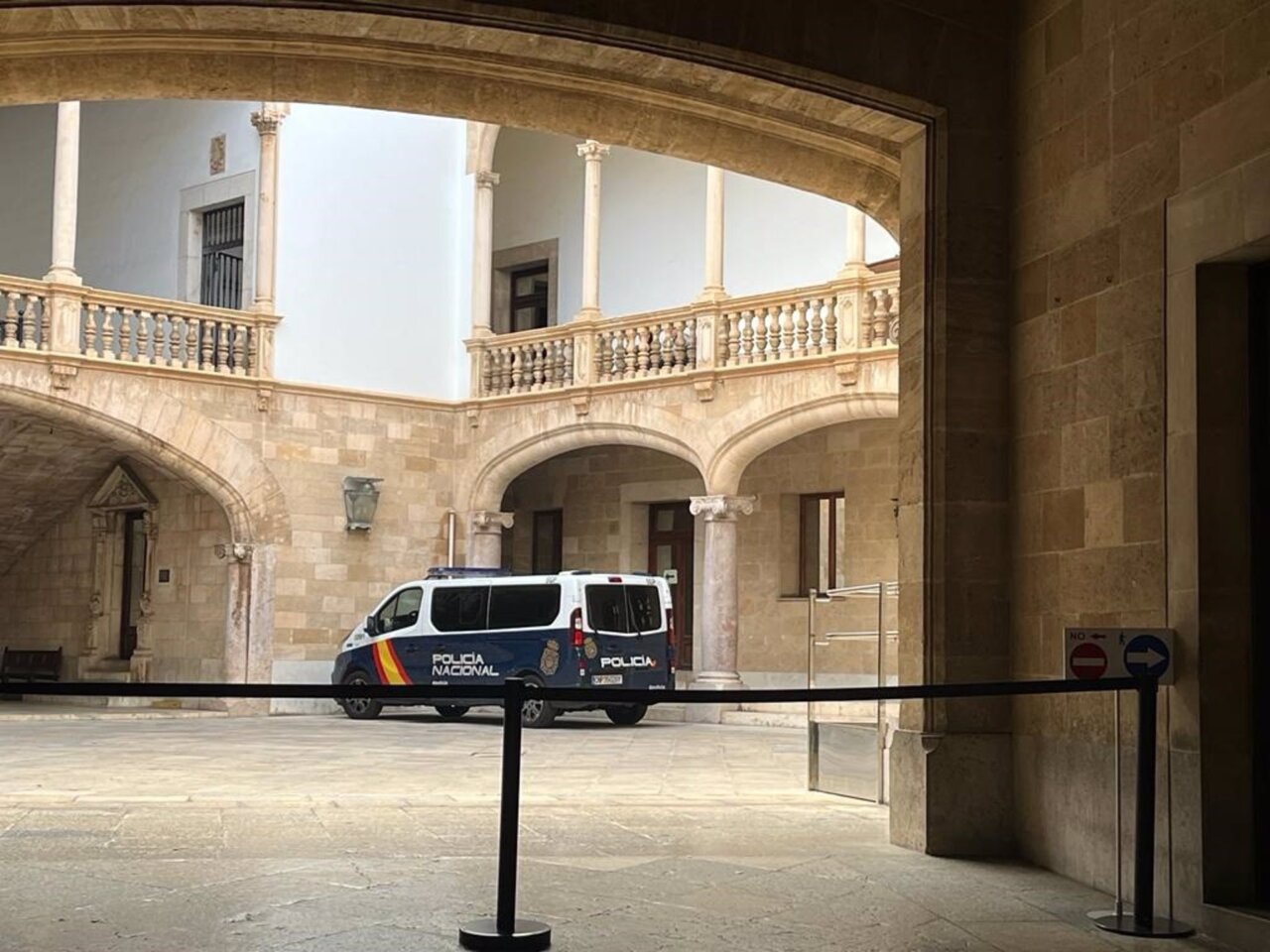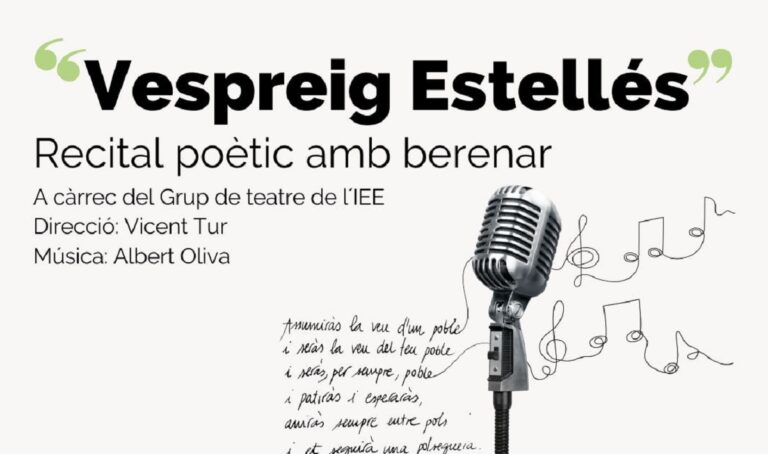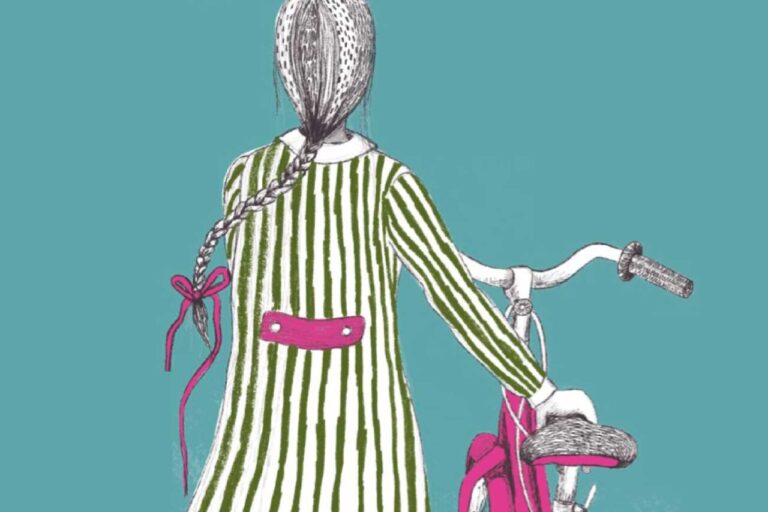Not so long ago, video editing was almost an art reserved for professionals. You had to have a powerful computer, complex programs and, above all, a lot of patience. Today all that has changed. Anyone, with just a cell phone in hand, can record, trim and share a story in a matter of minutes.
We live in a fascinating time: video has become the new universal language. We use it to teach, to laugh, to remember or to inspire. From a trip to Ibiza to a family recipe, everything can be transformed into a short visual story.
When technology becomes human
For a long time, technology was synonymous with difficulty. It seemed like something reserved for experts, full of incomprehensible buttons and endless manuals. But little by little it changed its face. Today, digital tools feel closer, intuitive and, above all, accessible.
A good example is Clideo, a free video editor that has conquered thousands of users precisely because of its simplicity. It allows you to cut, merge, add music or text without installing anything, directly from the browser. In a few clicks, an idea becomes a video ready to share.
And in that everyday gesture -editing a clip on the mobile, adjusting the music, playing with colors- technology stops being cold and becomes human.
Editing is counting
Editing a video is not just about moving fragments on a timeline. It’s a way of thinking, of ordering the world and making sense of it. Every cut, every pause, every transition tells something about who is behind the camera.
Today millions of people use video to express themselves: from creators on TikTok to teachers who explain their subjects with clarity and emotion. Editing has become a form of cultural communication. And platforms like Clideo make it possible, because they put the creative power in the hands of everyone.
The cell phone, our small film studio
We no longer need big equipment to create something great. Cell phones are truly portable laboratories. With them we record, edit and publish without relying on cables or heavy software.
Clideo’s application, available in the App Storetakes this idea even further: editing a video while waiting for a flight or having a coffee by the sea is no longer a fantasy, it is part of everyday life.
The democratization of video
The most interesting thing about this revolution is not only the technology, but what it represents. Video is no longer a privilege. It used to be an expensive, technical and limited format. Today it is a common, free and global language.
This accessibility multiplies not only the amount of content, but also the diversity of voices. We hear stories from different cultures, from real people, told from their own perspectives. And in a world full of digital noise, that’s invaluable.
Looking ahead
The future of audiovisual creation continues to unfold. The tools will become more and more intelligent, yes, but what really matters will continue to be human: the story, the emotion, the look.
And that’s where platforms like Clideo make the difference. Because it’s not just about technology, it’s about creativity, it’s about freedom, it’s about the possibility for anyone to say: “I made this myself”.
In a nutshell
Video no longer belongs only to the experts. It is part of how we communicate, how we learn and how we remember. Thanks to accessible tools like Clideo, creativity has become everyday, accessible and, above all, human.
And perhaps that is the real change of our time: not only to look at the world, but also to learn how to tell it.

